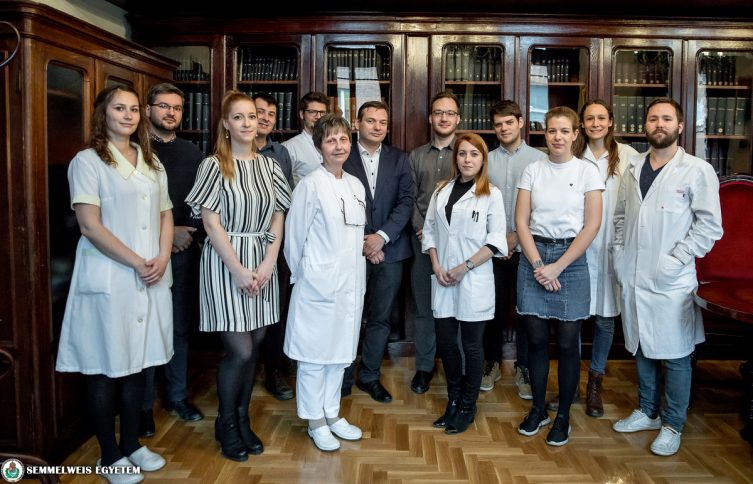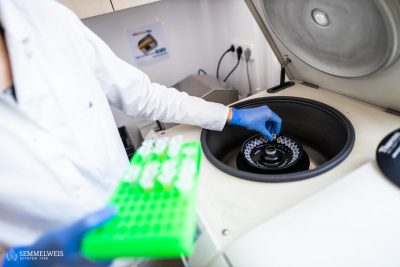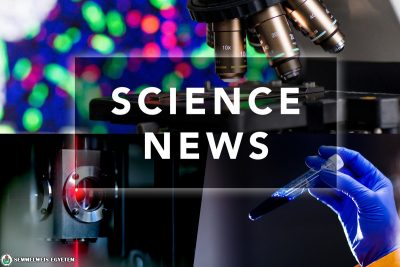The Molecular Oncohaematology Research Group of the MTA-SE Momentum Programme at Semmelweis University studied the molecular changes occurring during the therapy of the most common type of leukemia in adults, chronic lymphocytic leukemia, in collaboration with the Research Centre for Molecular Medicine of the Austrian Academy of Sciences (CeMM), the University of Regensburg and the South Pest Hospital. Researchers have identified a molecular process that plays an important role in the drug resistance of cancer cells.
Chronic lymphocytic leukemia (CLL) is one of the most common types of leukemia in adults in Western countries. The clinical course of the disease is extremely diverse and some patients do not respond to conventional therapies, which is connected to unfavourable clinical outcomes. In the past few years, several new drugs have been introduced to expand the scope of CLL therapies, which have considerably improved the survival rate of patients. In some cases, however, contrary to the initial positive responses drug resistance develops in patients, who are treated with the latest therapies.
One of the most recently introduced drug in CLL therapy is ibrutinib that the Molecular Oncohaematology Research Group paid special attention to in the past few years. Thanks to the Momentum programme, the research group led by Dr. Csaba Bödör was able to launch a major research programme involving several international partner institutions, which resulted in some clinically significant observations. The resistance developing in response to the ibrutinib therapy of high risk CLL patients and its underlying genetic differences were mapped by the researchers.
The current research realised in an international cooperative project, coordinated by Dr. Donát Alpár, research fellow, focused on the changes in leukemic cells and other immune cell populations following ibrutinib therapy. A specific “molecular programme” was identified in leukemic cells by examining patient samples collected at different stages of the treatment. This programme is activated by targeted treatment and although its pattern is consistent across patients, the time course of certain phases of the programme varies from patient to patient.
The discovery may have practical importance in identifying patients responding faster or slower to the treatment, which may help the optimization of targeted therapeutic strategies and even the implementation of new combination therapies.
The method, incorporating the latest techniques may in the future be widely used in cancer research to identify molecular regulatory mechanisms induced by different targeted therapies, which may subsequently lead to the discovery of new biomarkers.
Source: MTA
Photo: Attila Kovács – Semmelweis University
Translation: Ágnes Raubinek



